Blogs
“When health meets heart, the conversation begins, and it starts here.
Knowledge that empowers. Stories that connect. Support that matters.”
~ DRM Wellness
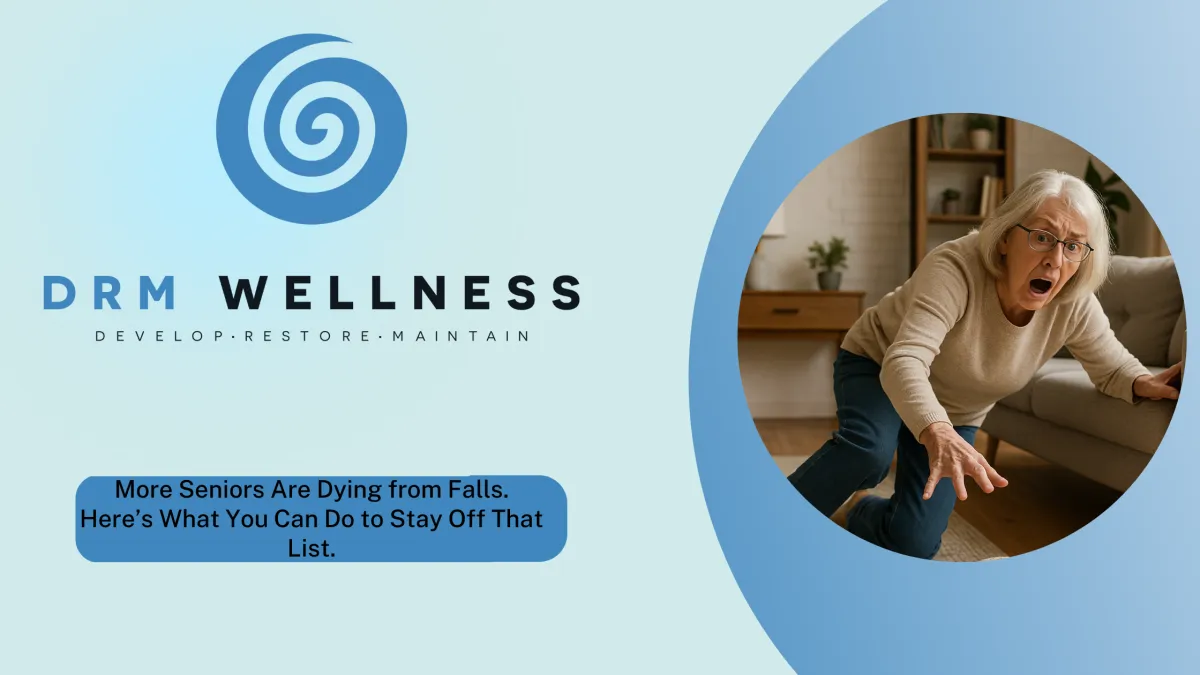
The Fall Risk No One’s Talking About (But We Should Be)
The Fall Risk No One’s Talking About (But We Should Be)
You’ve probably heard about the importance of watching your step or holding the handrail. But what you might not know is how serious falls have become for older adults in the U.S.
According to the CDC and a recent ABC News article, unintentional falls are now the leading cause of injury deaths for adults over 65. In 2021 alone, more than 38,000 older Americans died from a fall. That number has nearly doubled in just the last 20 years.
This isn’t about being clumsy or getting older. This is about overlooked risks, avoidable hazards, and a real opportunity to keep people safe and independent for as long as possible.
What’s Causing the Rise in Falls?
It’s rarely just one thing. Falls tend to happen when several risk factors combine. Some of the most common include:
Muscle weakness or balance problems
Poor vision or depth perception
Medications that cause dizziness or low blood pressure
Slippery floors, poor lighting, or cluttered walkways
Lack of grab bars or stair railings
Fear of falling, which leads to moving less and losing strength
What Makes Falls So Dangerous?
Falls don’t just cause bumps and bruises. For older adults, they can lead to:
Fractures (especially hips and wrists)
Head injuries (This can be significantly worse if you are on blood thinners.)
Loss of independence
Long hospital stays and rehab
A decline in confidence that leads to even more inactivity
And once someone has fallen, they’re more likely to fall again. According to the CDC, falling once makes you twice as likely to fall again.
What Can You Do to Lower Your Risk?
1. Make Your Home Safer
The majority of falls happen at home. A few smart changes can go a long way:
Remove tripping hazards like cords, rugs, or clutter
Add grab bars in the bathroom and railings on both sides of stairs
Improve lighting throughout the house, especially hallways and entryways
Make sure commonly used items are within easy reach to avoid overreaching or using a chair as a step stool
2. Stay Active
Regular movement keeps muscles strong and joints flexible. You don’t need to run a marathon or spend hours in the gym. Just make a habit of doing something every day. Focus on:
Balance exercises (working from a wide to more narrow base of support, heel-to-toe walking)
Strength training (using light weights or resistance bands)
Gentle stretching to keep your body moving easily
Activities you enjoy, like walking, dancing, or gardening
3. Talk to Your Doctor
Have a conversation with your healthcare provider if:
You’ve had a fall in the past year
You feel unsteady or dizzy
You’re taking medications that affect your alertness or blood pressure
You’ve stopped being active because you’re afraid of falling
There may be medical or vision issues that can be treated, or at least managed more effectively.
4. Use the Right Equipment
Sometimes a cane, walker, or shower chair can make all the difference. These aren’t signs of weakness, they’re tools that help people stay independent and safe. An Occupational Therapist can help you figure out which tools actually make sense for your life and your daily routines. We don’t just hand you a walker and send you on your way. We look at how you move, where you move, and what you need to keep doing the things that matter to you…safely and confidently. We also help you learn how to use equipment the right way, so it becomes a support system, not an obstacle.
Where DRM Wellness Comes In
At DRM Wellness, we specialize in working with adults who want to stay active, independent, and in their own homes as long as possible. Our approach to fall prevention includes:
Home safety assessments that identify fall risks in each room and provide clear, actionable recommendations
Personalized recommendations for equipment or layout changes
Occupational Therapy focused on balance, strength, movement, and everyday safety
Fitness programs for older adults and plus-sized clients that focus on function, not aesthetics
We keep things judgment-free, supportive, and practical. If you or someone you love is worried about falling or has already had a fall, give us a call. We’ll walk you through the options and help you create a plan that works.
Falls can feel scary, but the solutions don’t have to be. With the right plan, the right tools, and the right support, it’s absolutely possible to stay safe, strong, and independent at home. Fall prevention isn’t about limiting what you can do, it’s about making sure you can keep doing the things you love, with confidence.
You don’t have to wait until after a fall to take action. Whether you’ve had a close call, are recovering from an injury, or just want to be proactive, now is a good time to put a plan in place. Reach out and let’s talk through your goals, your home setup, and what’s most important to you. Together, we’ll come up with a plan that works for real life…not just a checklist.
Take The Next Step with DRM Wellness
Testimonials
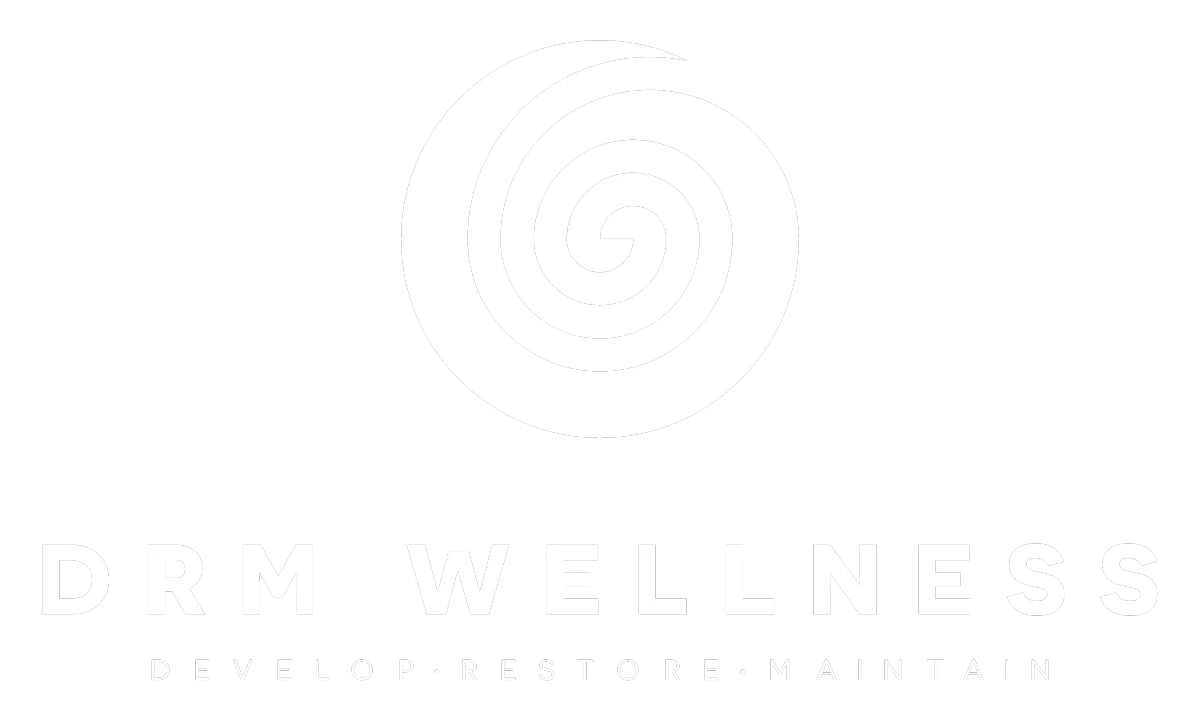
MEDICAL DISCLAIMER:
All information on this website is intended for instruction and informational purposes only. The authors are not responsible for any harm or injury that may result. Significant injury risk is possible if you do not follow due diligence and seek suitable professional advice about your injury.
No guarantees of specific results are expressly made or implied on this website.
Copyright © 2025 All Rights Reserved by DRM Wellness.
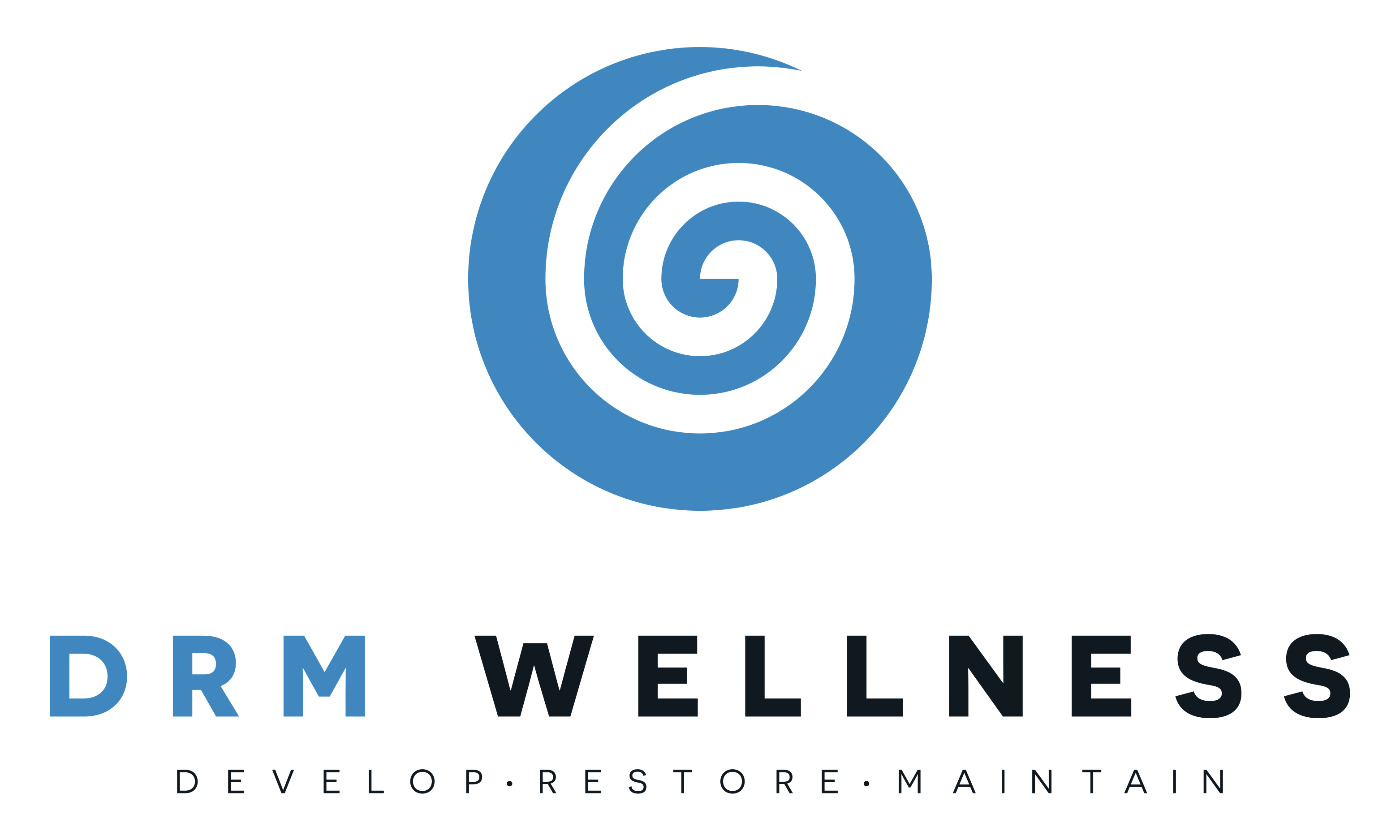
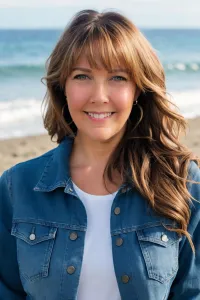
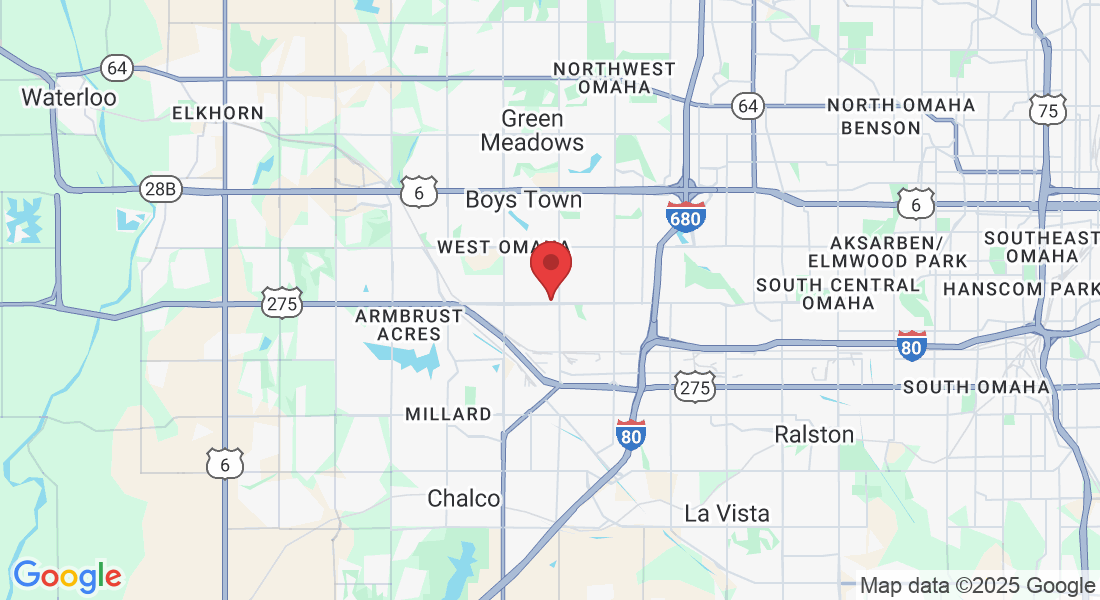
Facebook
Instagram
LinkedIn
Youtube
TikTok